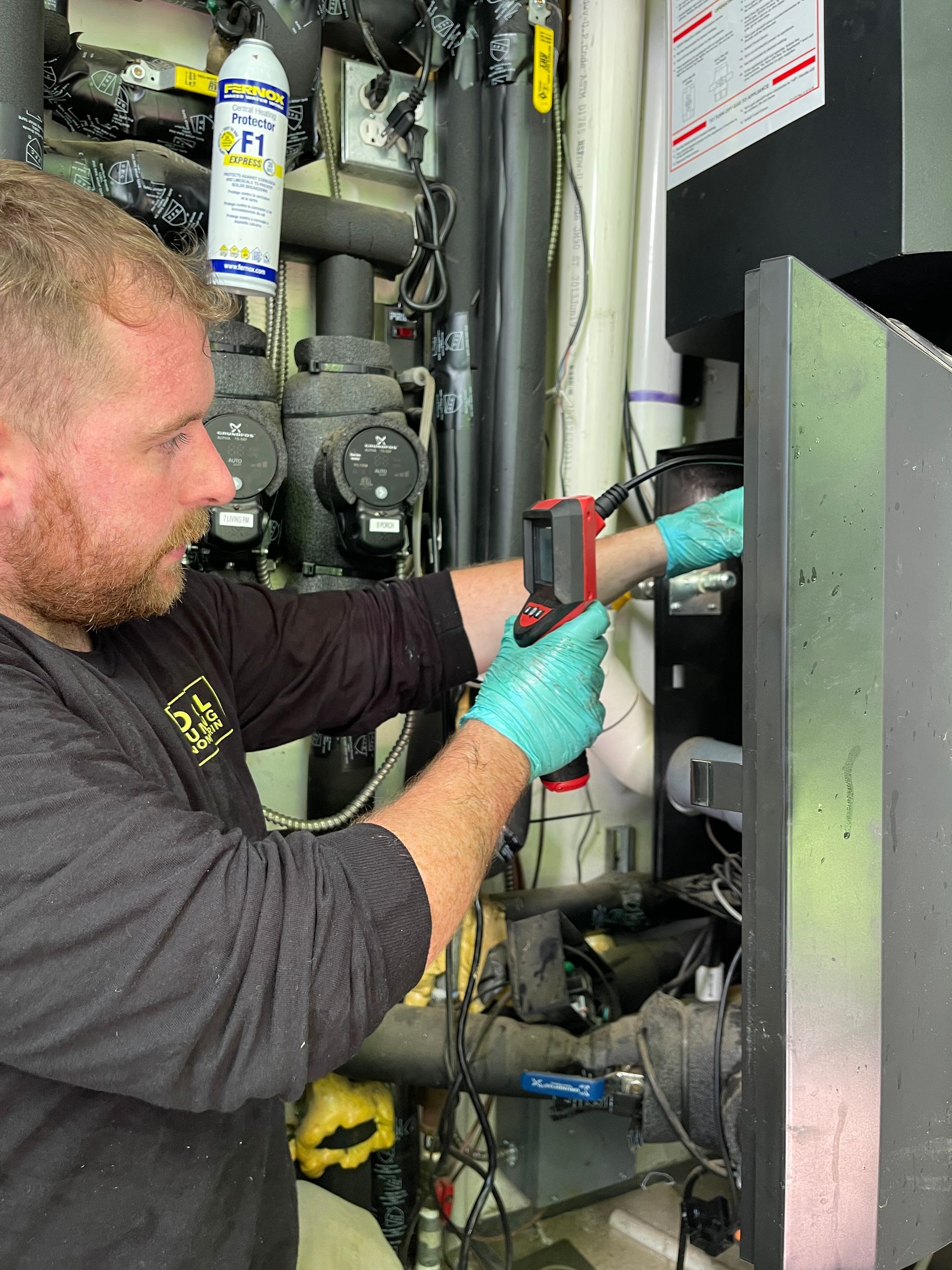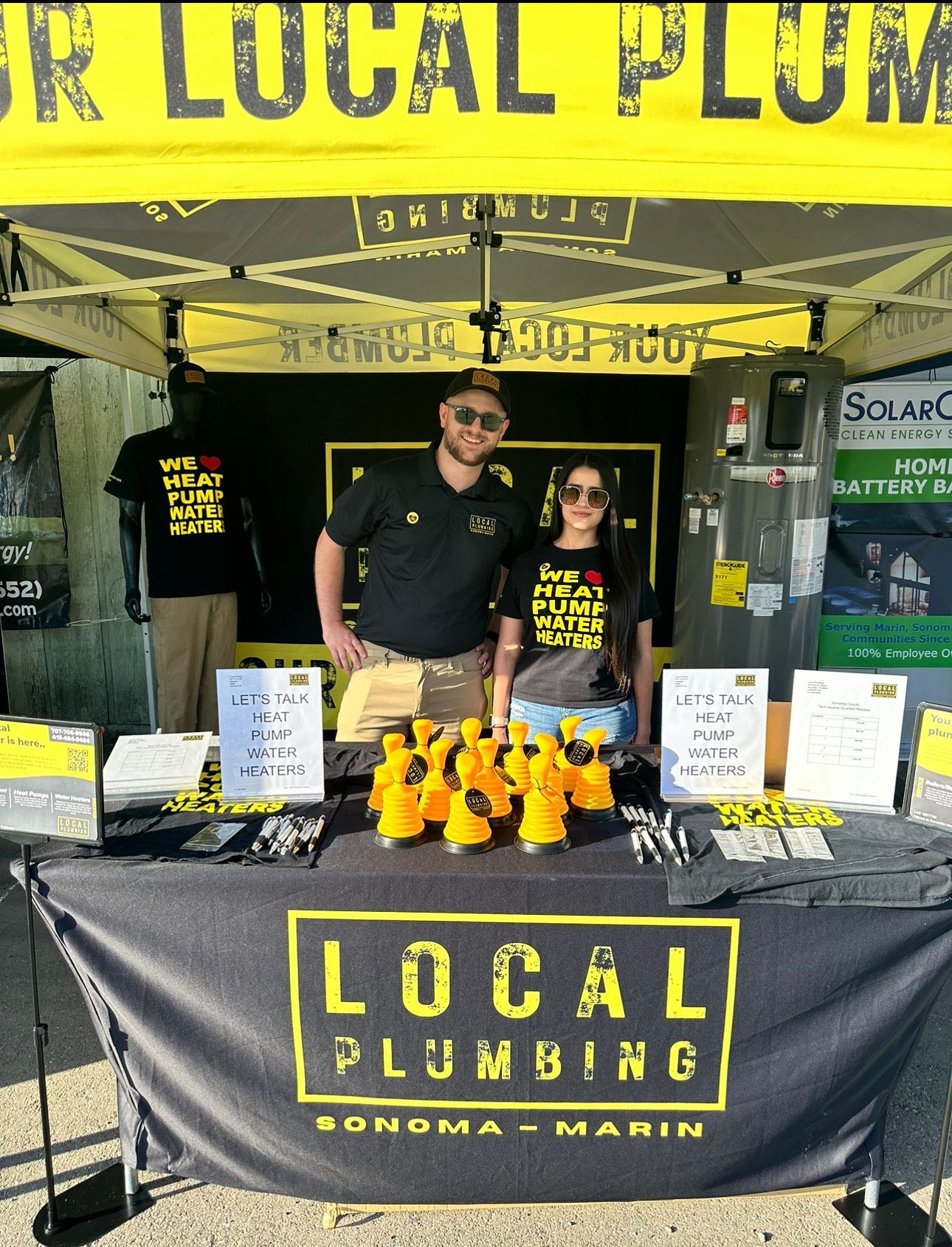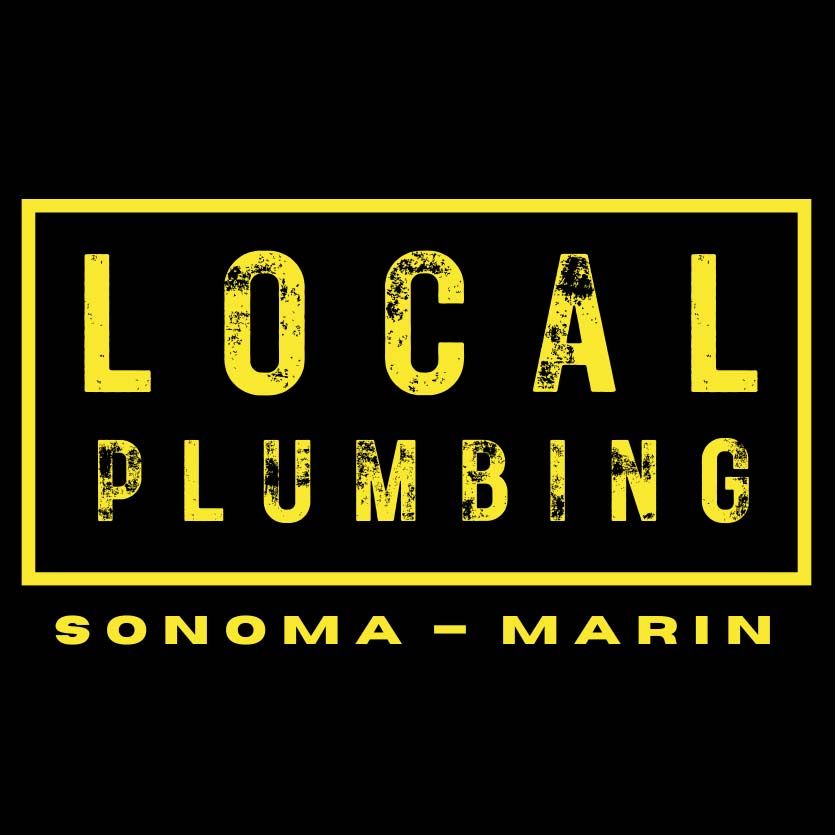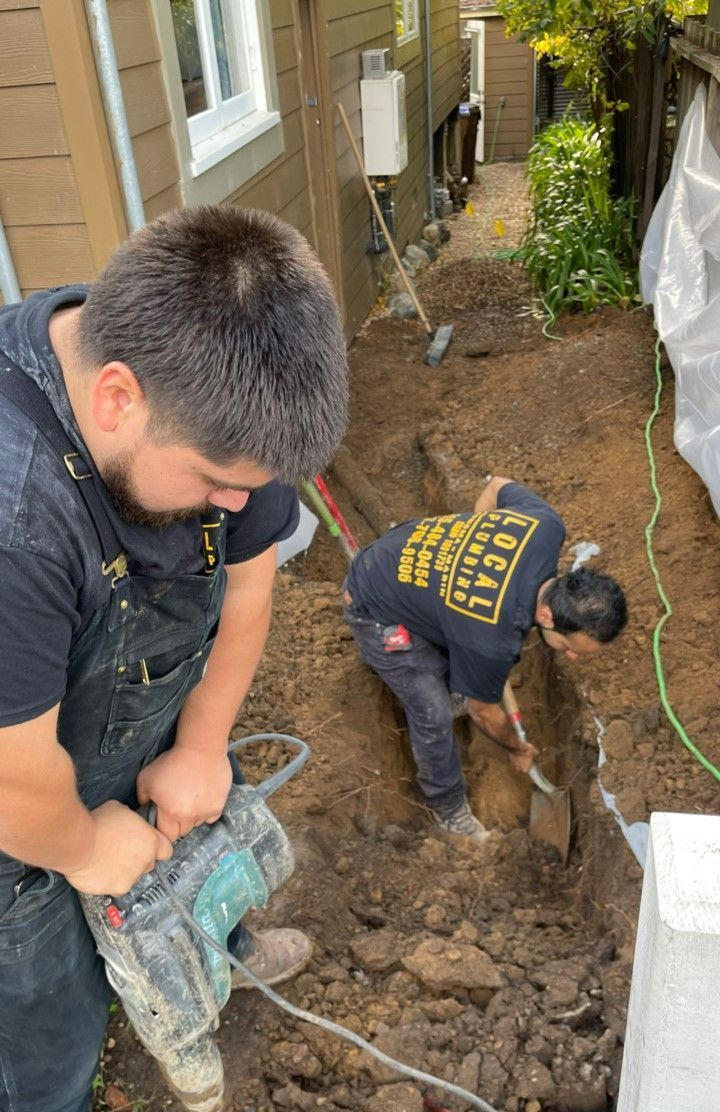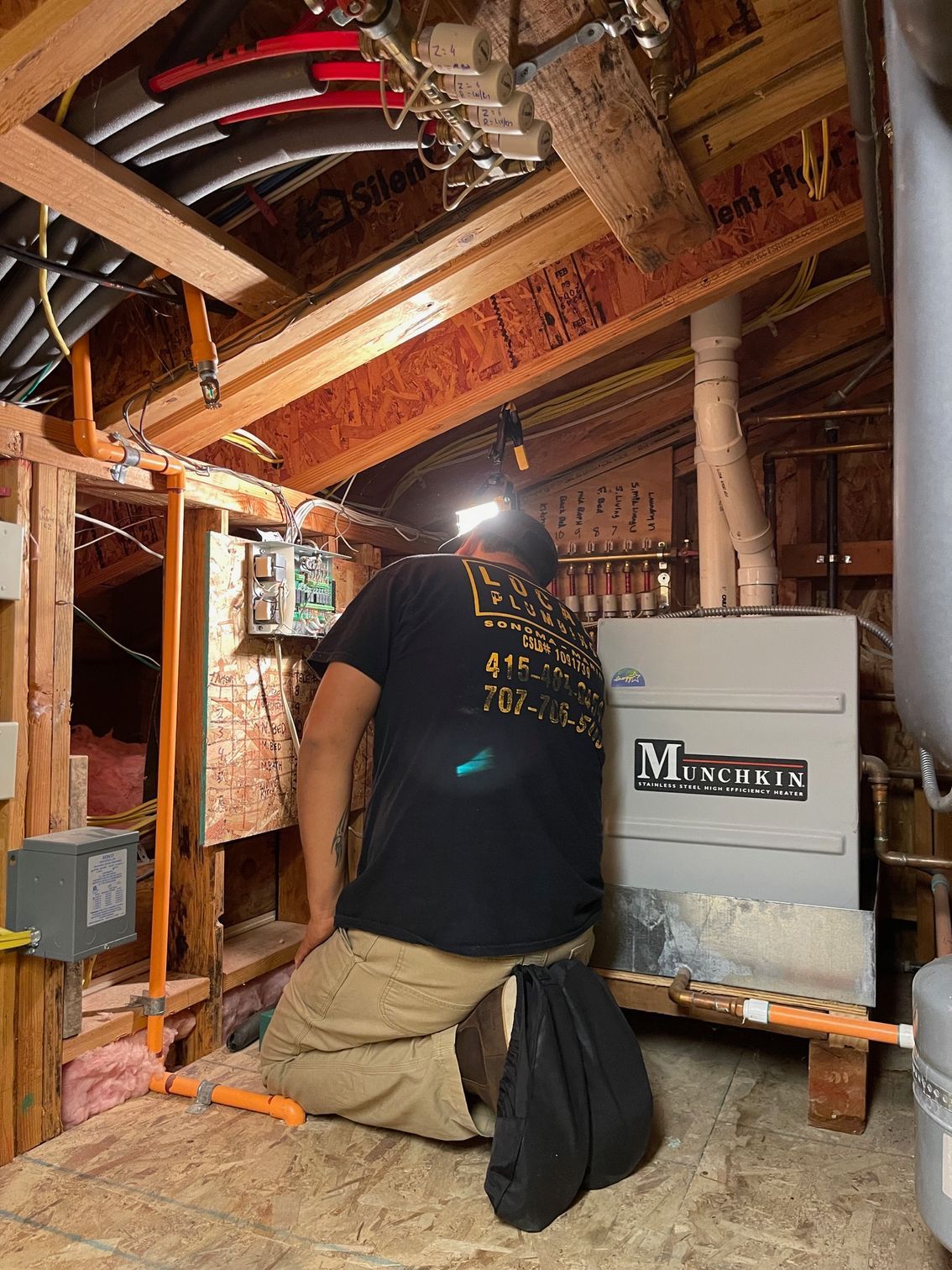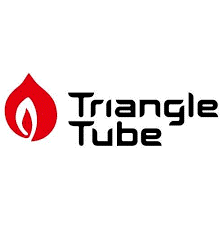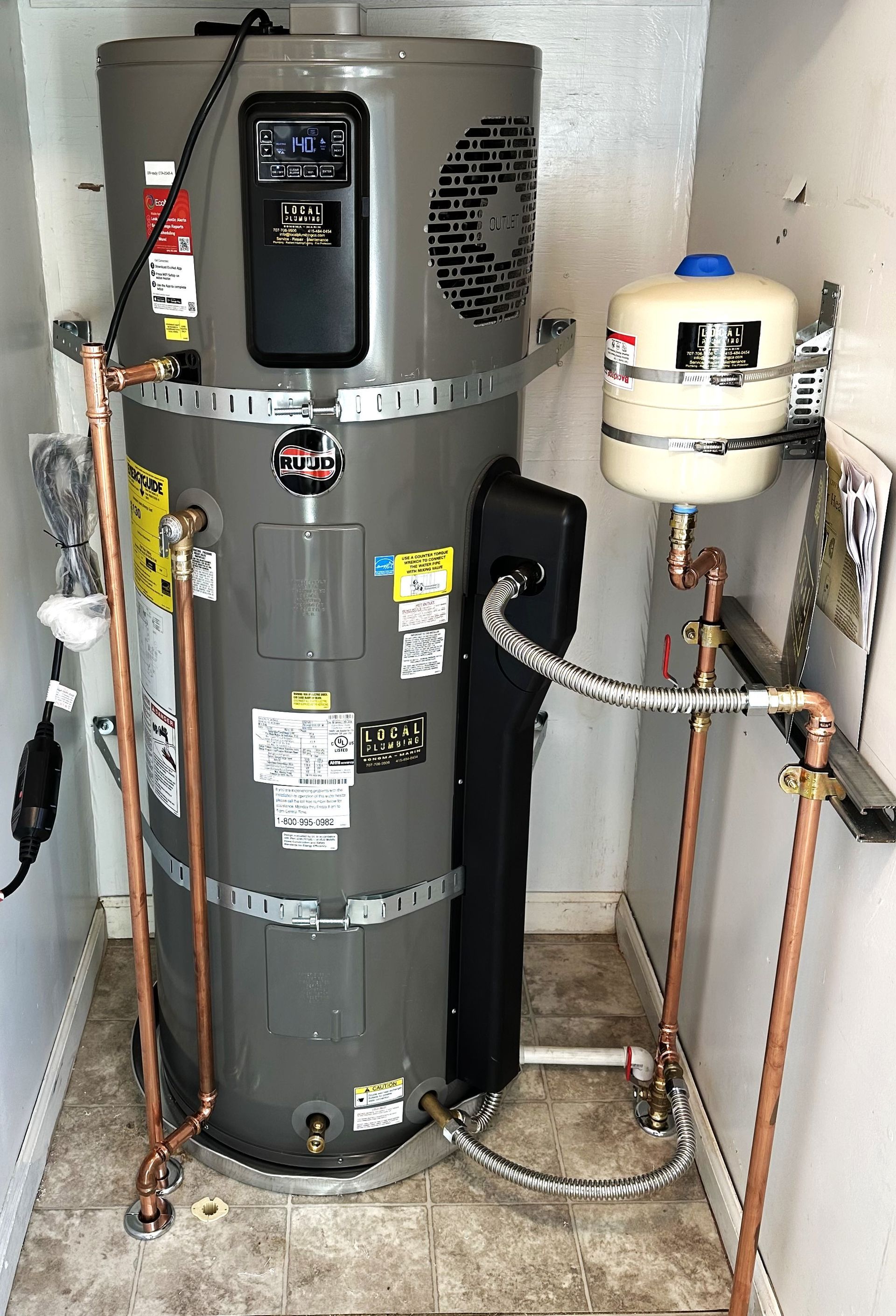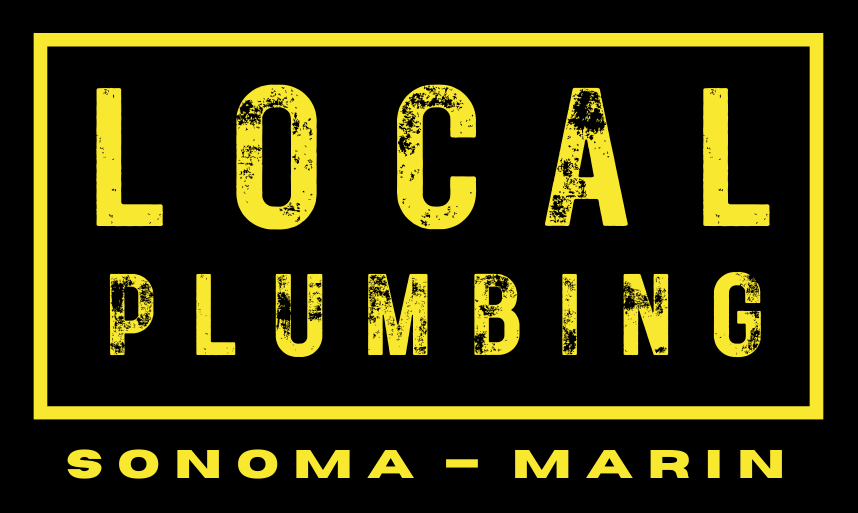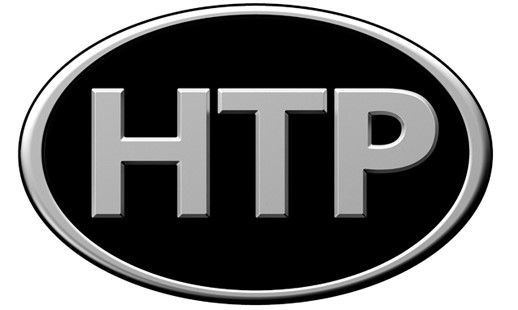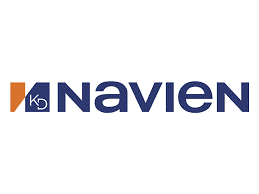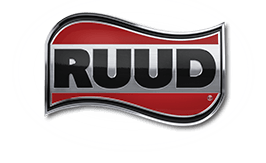Is Your Water Meter Constantly Spinning? Here’s What Might Be Happening
Is Your Water Meter Constantly Spinning? Here’s What Might Be Happening
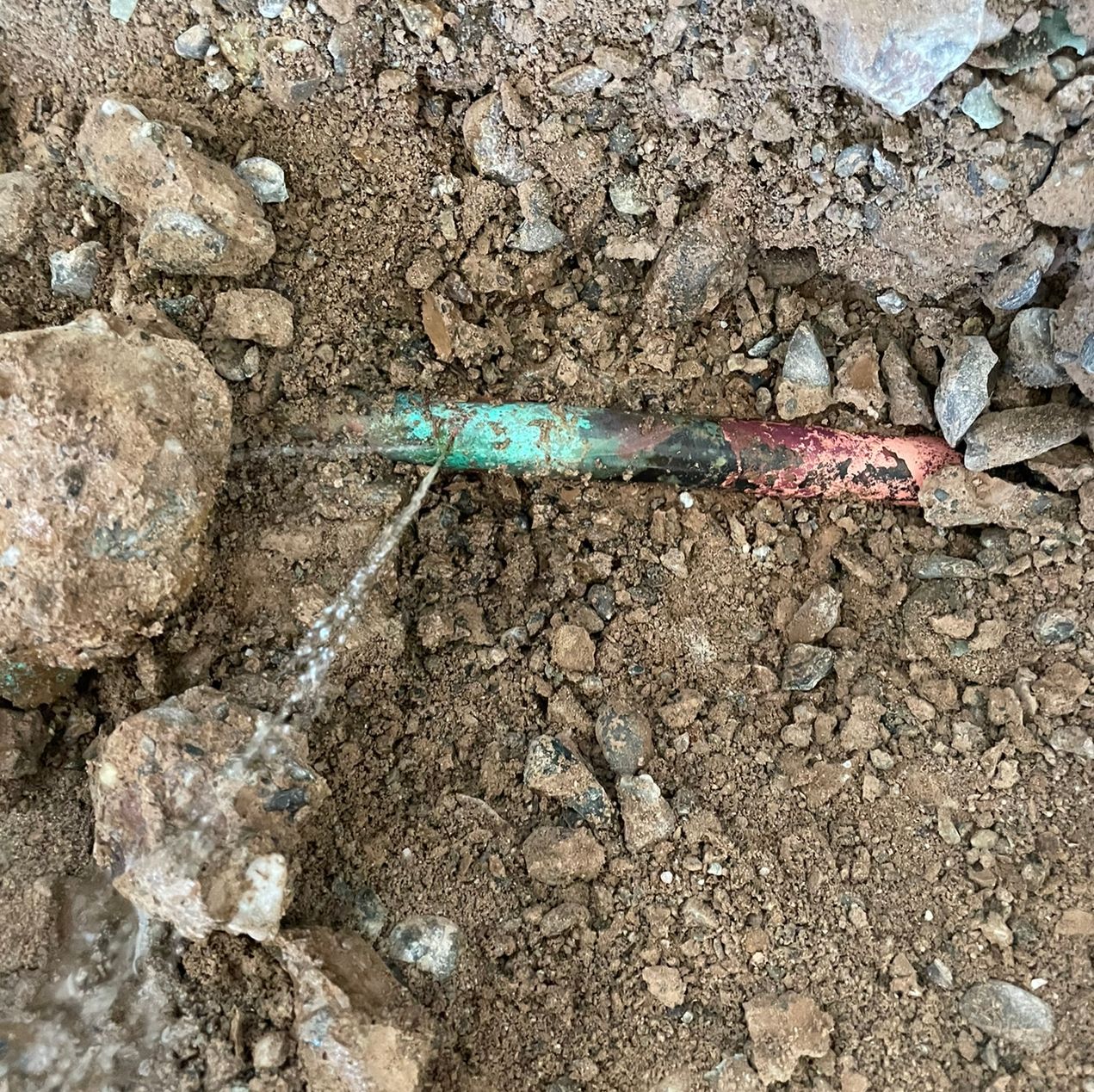
Welcome to the Local Plumbing blog, where we share insights, tips, and solutions to keep your home’s plumbing system in top shape. Today, we’re tackling a common but often perplexing problem many homeowners face: a constantly spinning water meter. If you've noticed this issue and can't seem to find the source of the leak, you're not alone. Let's dive into the possible causes and what you can do about them.
Hidden Leaks: The Silent Water Wasters
Leaks can be sneaky, occurring in places you can't easily see or access. Pipes hidden within walls, under floors, or buried underground can develop leaks due to various reasons, including wear and tear, corrosion, or damage. These hidden leaks can waste significant amounts of water and might only be noticeable through an unexpectedly high water bill, the sound of running water when everything is turned off, or signs of water damage in unexpected places.
The Usual Suspect: Toilet Leaks
Toilets are often behind unnoticed water waste. A slow, silent leak from the tank to the bowl can be difficult to detect but can lead to a significant loss of water. A simple dye test with food coloring in the tank can reveal whether water is leaking into the bowl without flushing. If you see color seeping into the bowl, it’s time to fix that leak.
Outdoor Culprits: Irrigation Systems
An irrigation system is a boon for your garden but can become a source of water loss. Leaks can occur in parts of the system that are underground and not immediately visible, especially in systems that have seen years of service or have been inadvertently damaged.
The Invisible Leak: Service Line Issues
The line that connects your home to the municipal water supply can also develop leaks. Since this line often runs underground from the water meter to your home, detecting leaks can be challenging without professional help. Unusually wet spots or lush growth in the area of the service line might indicate a leak.
Appliances and Fixtures
Sometimes, what seems to be a leak is actually an appliance using more water than it should. This could include water softeners cycling too frequently, furnace humidifiers, or internal leaks in cooling systems. Additionally, don't overlook outdoor taps and fixtures, which can drip unnoticed.
Diagnosing the Leak
To start diagnosing a leak on your own, make sure no water is being used in or around your home. Note the reading on your water meter, wait an hour without using any water, and check the meter again. If it shows water use, you likely have a leak.
For those tricky, hard-to-find leaks, or if you're unsure of your next steps, it’s time to call in the professionals. At Local Plumbing, we’re equipped with the latest in leak detection technology, from acoustic detectors to thermal imaging cameras, allowing us to find and fix leaks efficiently and with minimal disruption to your property.
Local Plumbing: Your Partner in Leak Detection and Repair
Finding and fixing leaks promptly can save you from high water bills and potential damage to your home. If you suspect a leak or if your water meter won't stop spinning, contact Local Plumbing. Our team of experienced professionals is ready to help you solve any plumbing issue, big or small. Visit our website or give us a call to schedule a consultation. Remember, in the world of plumbing, being proactive is always better than reactive. Let’s keep your plumbing system leak-free and efficient!
